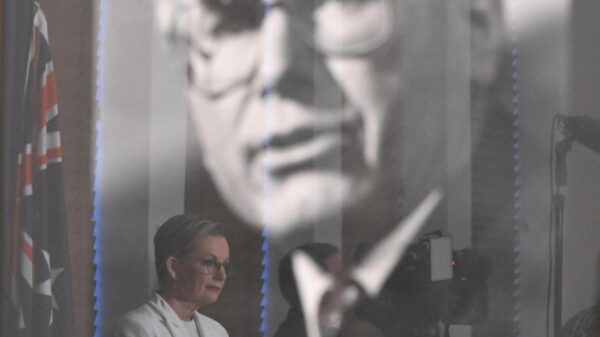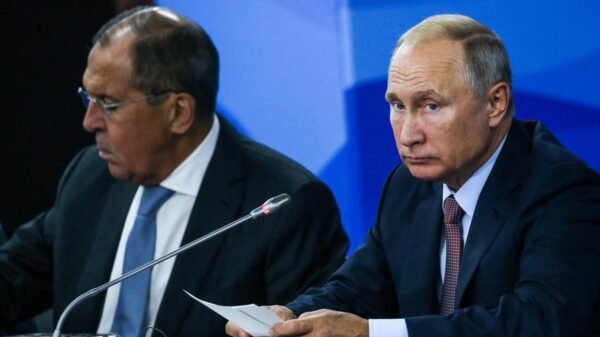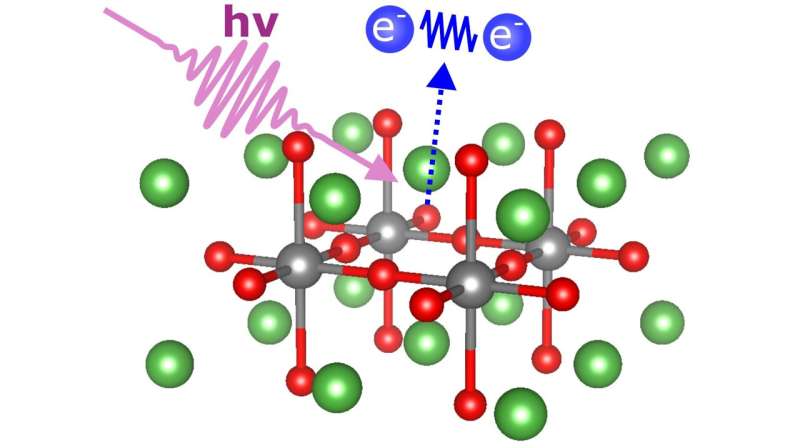High-temperature superconductivity is a phenomenon that continues to puzzle scientists, but recent research has taken a significant step toward unraveling its complexities. An international team at BESSY II, part of the Helmholtz Association of German Research Centres, has conducted groundbreaking measurements on the energy of charge carrier pairs in undoped La2CuO4. Their findings, published in the journal Nature Communications, reveal that the interaction energies within the copper oxide layers are notably lower than those in the insulating lanthanum oxide layers.
This research is crucial for understanding the mechanisms that enable superconductivity at higher temperatures. High-temperature superconductors can conduct electricity without loss, not only at temperatures near absolute zero but also at temperatures significantly above, although still below room temperature. Since their discovery around 40 years ago, these materials have been utilized in various technologies, yet the underlying physics remain not fully understood.
Key Findings from the Experiment
The study, led by Professor Alexander Föhlisch, focused on the structure of alternating layers of copper oxide and lanthanum oxide in the compound La2CuO4. When doped with foreign atoms, this material can exhibit superconductivity below 40 Kelvin. Notably, the superconductivity occurs in the CuO layers, while the LaO layers retain their insulating properties.
The research team employed advanced techniques to measure the interactions between charge carriers, particularly the “oxygen holes” that are crucial for superconductivity. Dr. Danilo Kühn, the first author of the study, explained, “We aimed to determine how strong the interactions are between charge carriers in the two different oxide layers and how they differ.”
To achieve this, the team utilized time-of-flight spectrometers configured to detect electron pairs through Auger photoelectron coincidence spectroscopy. This method involved firing special X-ray pulses at the sample at intervals of several hundred nanoseconds, allowing precise measurements of interaction processes that occur at much faster speeds.
Implications for Future Research
The results indicate that the interaction energies in the copper oxide layer, integral to superconductivity, are significantly lower than those in the insulating lanthanum oxide layers. “These results help us to better understand the mechanisms of high-temperature superconductivity,” Professor Föhlisch stated. He also noted that the measurement technique developed in this study could offer insights into other functional materials, potentially broadening the scope of research in this field.
As the quest to understand high-temperature superconductivity continues, findings such as these provide a clearer picture of the interactions at play within these complex materials. The implications for technology and materials science could be profound, paving the way for advancements in various applications reliant on superconductivity.
For further details, refer to the article by Danilo Kühn et al., titled “Direct observation of the on-site oxygen 2p two-hole Coulomb energy in La2CuO4,” published in Nature Communications on November 7, 2025.


































































